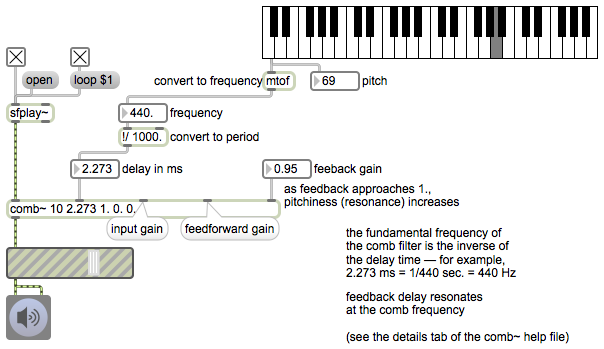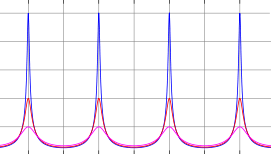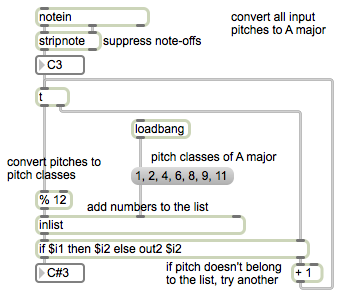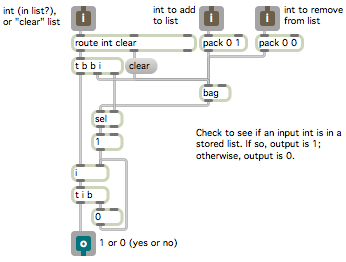Study the examples from the previous class session.
Keep working toward your research goal. Keep refining and improving your research focus. As you do so, use the MessageBoard to report constantly on your thoughts, progress, revised plans, discoveries, etc.
Come to class prepared to do a short presentation of your progress/findings.
My understanding of the research foci and the plans of action is:
Ryan: Control of 4-color lights via DMX; study of color theory as it relates to color choices for the planned piece; study of previous ideas by composers and others relating pitch (or pitch class) to color/hue; looking into synesthesia phenomena relating color and music; pitch detection of electric bass using sigmund~; ideas for mapping detected pitches to control information for lights.
Hassan: Basics of GL programming in Jitter; applying images or videos as textures for GL objects (videoplanes and other shapes); potential methods of image distortion based on altering the shape of the textured objects; eventually, potential mapping strategies for relating music and video.
Lizzy: Research and learn the workings of certain basic delay-based audio signal processing techniques such as echos, filters, comb filtering, flanging, chorusing, etc.; record piano samples to use for testing effects; test effects with the sampled sounds, try different parameter settings, and make a library of interesting and musically useful results; consider ways that the Disklavier can contribute to this process.
Richard: Research the basics of the mathematics of probability as it applies to probabilistic decision making; research applications of that to algorithmic composition that may have been explored by others, and that you experiment with yourself; research ideas of interest in the area of machine musicianship, and see if there are connections between that and probability; consider what interface(s) might be best for multi-dimensional (orthogonal) control of parameters in a performative way.





